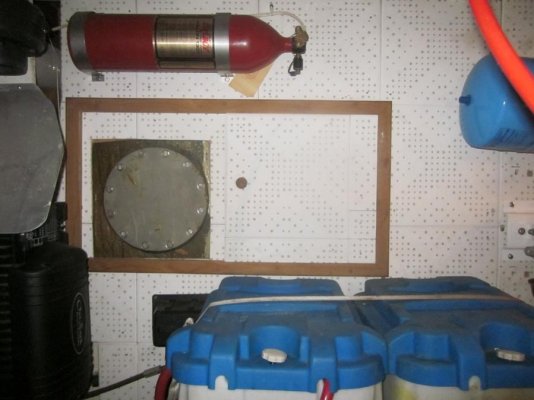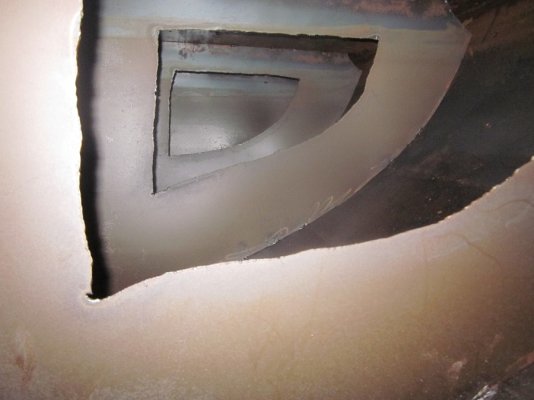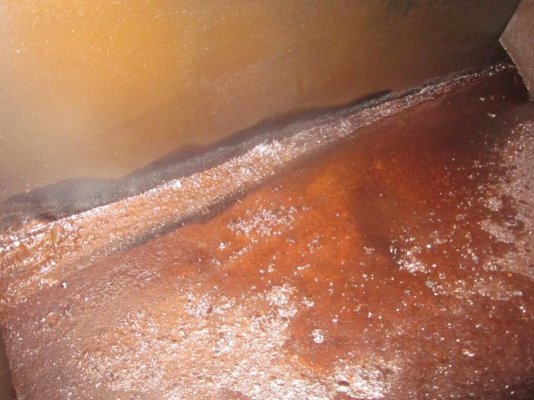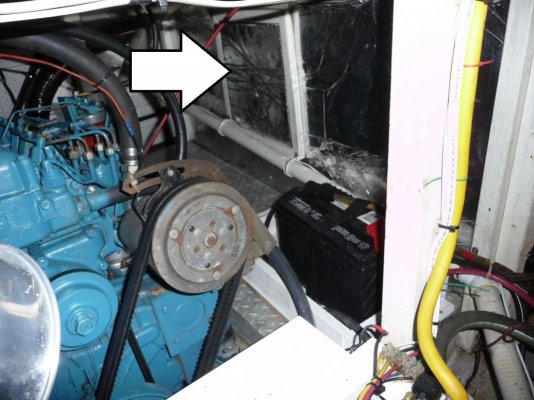timjet
Guru
- Joined
- Apr 9, 2009
- Messages
- 1,920
I need to get the junk out of the bottom of my diesel fuel tanks. The engines rpm decay when the junk clogs the filters.
I can see some flakes of junk in the bottom of the tanks. My question is how do you get this stuff out? Simply sucking the fuel out and through a filter will not get the junk off the bottom. So how is it done. I've tried pro fuel polishers but it didn't get the bottom stuff out. I have no junk suspended in the fuel, it's all on the bottom.
I have considered connecting my racors in series and doing it my self but I still don't know how I would get it off the bottom.
Suggestions??
I can see some flakes of junk in the bottom of the tanks. My question is how do you get this stuff out? Simply sucking the fuel out and through a filter will not get the junk off the bottom. So how is it done. I've tried pro fuel polishers but it didn't get the bottom stuff out. I have no junk suspended in the fuel, it's all on the bottom.
I have considered connecting my racors in series and doing it my self but I still don't know how I would get it off the bottom.
Suggestions??






